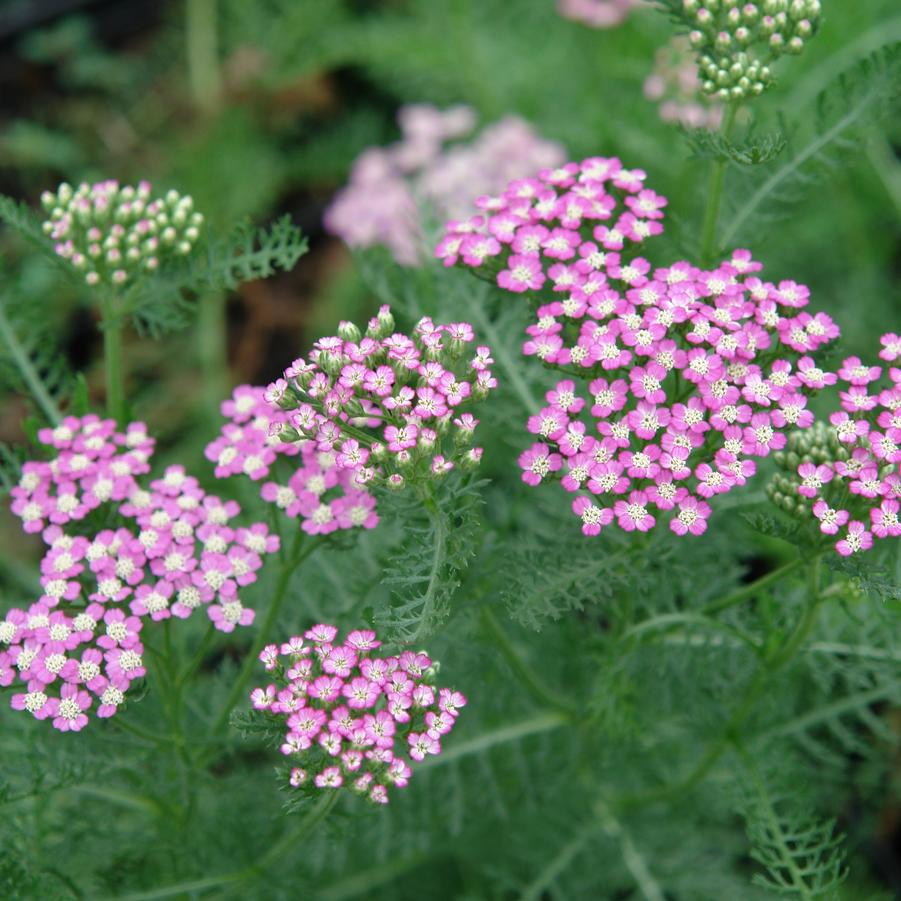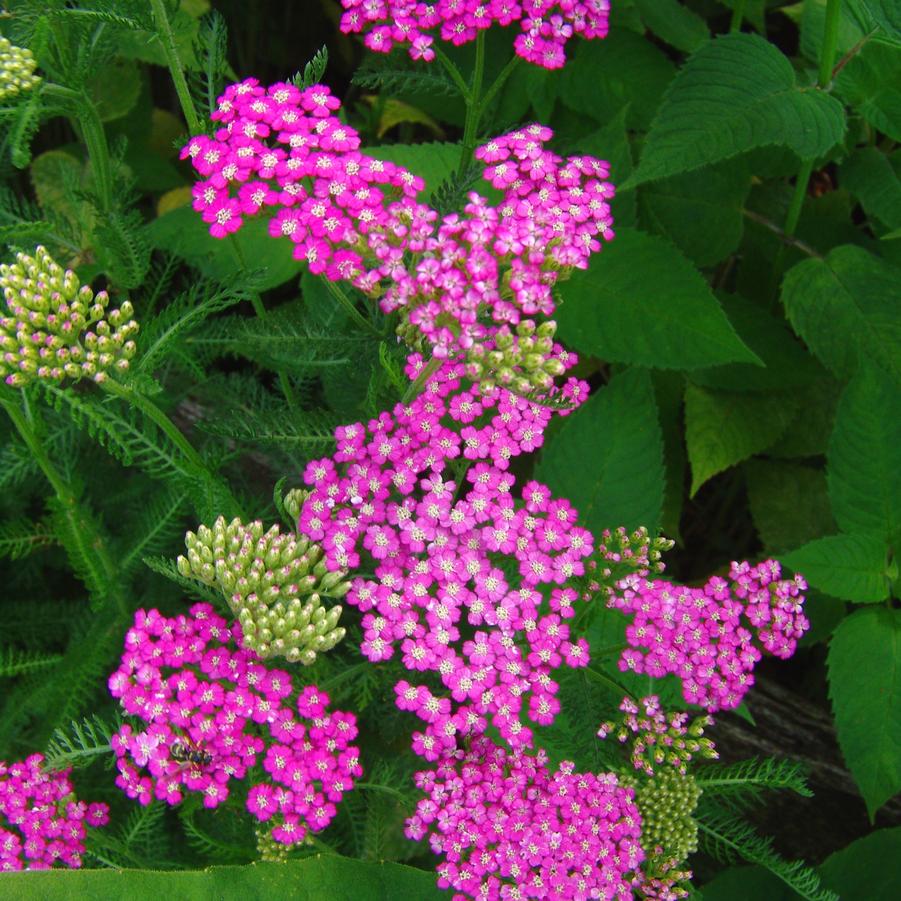





Plant Calculator
Enter the approximate length and width of the area you will be planting and click 'Calculate' to determine how many Achillea millefolium 'Oertel's Rose' you will need.
Correct and successful spacing is complex and depends on project conditions. We encourage you to call us at 877-ECO-PLUG for project specific recommendations and further assistance.
Achillea millefolium 'Oertel's Rose'
yarrow
- Category: Perennial
- Hardiness Zone: 3-8
- Height: 12-15 Inches
- Spread: 2-4 Feet
- Spacing: 12 Inches
- Bloom Color: Pink
- Foliage Color: Silver
Common yarrow is a carefree garden plant that spreads easily to fill available space. 'Oertel's Rose' is rosy pink with good strong color that is slow to fade.
Click here to download technical information for growers:
Exposure
| • | Full Sun |
Wetland Indicator Status
| • | Falcutative Upland (FACU) |
Plug Type
| • | Horticultural Plug |
Propagation Type
| • | Vegetative |
Additional Information about Achillea millefolium 'Oertel's Rose'
The story of Achillea millefolium 'Oertel's Rose':
"Around 1983, we were growing different forms of Achillea millefolium, mostly from seed. They were various colors and usually grew about 3' tall. Typically, they were floppy and very unrully in the garden. One day, a sweet lady named Mae Oertel and her husband visited the nursery. They purchased a few things and as they were leaving she commented that she had moved to Athens from the mid-west and had brought with her a form of Achillea millefolium she had dug from a roadside ditch. She said that only grew 12-14" tall when it bloomed and wasn't messy and floppy and wanted to share it with us. On her next visit, she brought us a start of her plant. We decided to name it after her and have been growing it ever since.
It is a beautiful plant with a deep, rose-pink flower cluster. Very well behaved in the garden, extremely drought tolerant, deer resistant, a butterfly attractor, as well as a great cut flower. Achillea 'Oertel's Rose' grows best in sunny locations in well drained soils and blooms over a long period of time." - Goodness Grows
"This species was cultivated in Europe before 1440, used as a remedy for toothache, and mixed in ale in place of hops to increase the inebriating quality of the drink. It was thought to have a magical quality similar to our "apple a day keeps the doctor away," and was said to grow in churchyards as a reproach to the dead, "who need never have come there if they had taken their yarrow broth faithfully every day while living." The main use, however, was that of an herb to heal wounds. The genus was named after Achilles, who is said to have used A. millefollium to staunch the wounds of his soldiers. Soldier's Woundweed and Carpenter's Weed are other old English names." - Allan Armitage
Growing & Maintenance Tips for Achillea millefolium 'Oertel's Rose'
Full sun to light shade in sandy, dry or average soils. Very easy to grow and drought tolerant once established. Fast propagation can be achieved with cuttings taken in mid-summer. Clumps of mature plants should be divided every 3-4 years.




